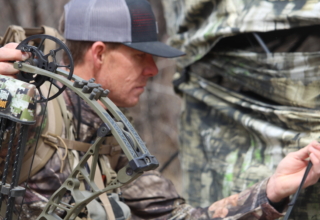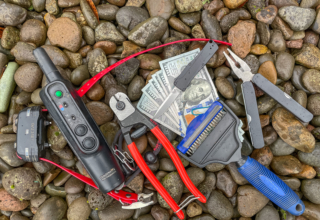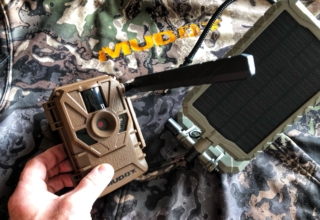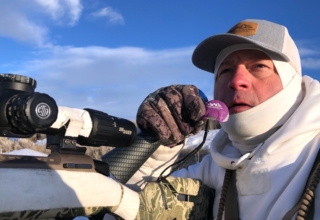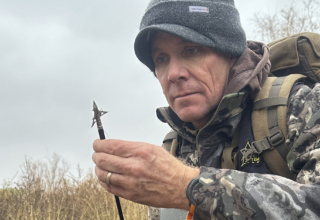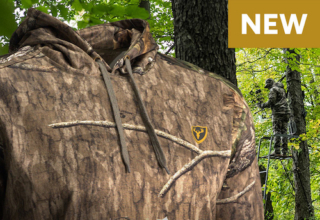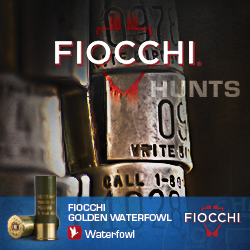Summer is a great time to call song dogs. Heed these tips, and punch more pelts with lead during July and August.
by Mark Kayser
The fawning season is in full swing now, and coyotes have an unlimited buffet of spotted delicacies decorating the landscape. To help a few fawns out, consider calling coyotes to remove a menace or two from your property to give the next generation of deer a fighting chance.
I could not believe my eyes when my gaze swept to the left. My border collie Sully was face-to-face with a snarling coyote less than 100 yards from my position. Sully routinely roams during summer setups, which is good. The movement attracts coyotes, along with the sounds of coyotes howling, prey distress, pup distress, and barking.
Sully did not have to lure this coyote into range. It charged and went into standoff mode immediately. Fortunately, the sight of Sully focused the coyote’s attention solely on the dog and not me, giving me ample time to adjust for the shot for a slam dunk V-Max memory.
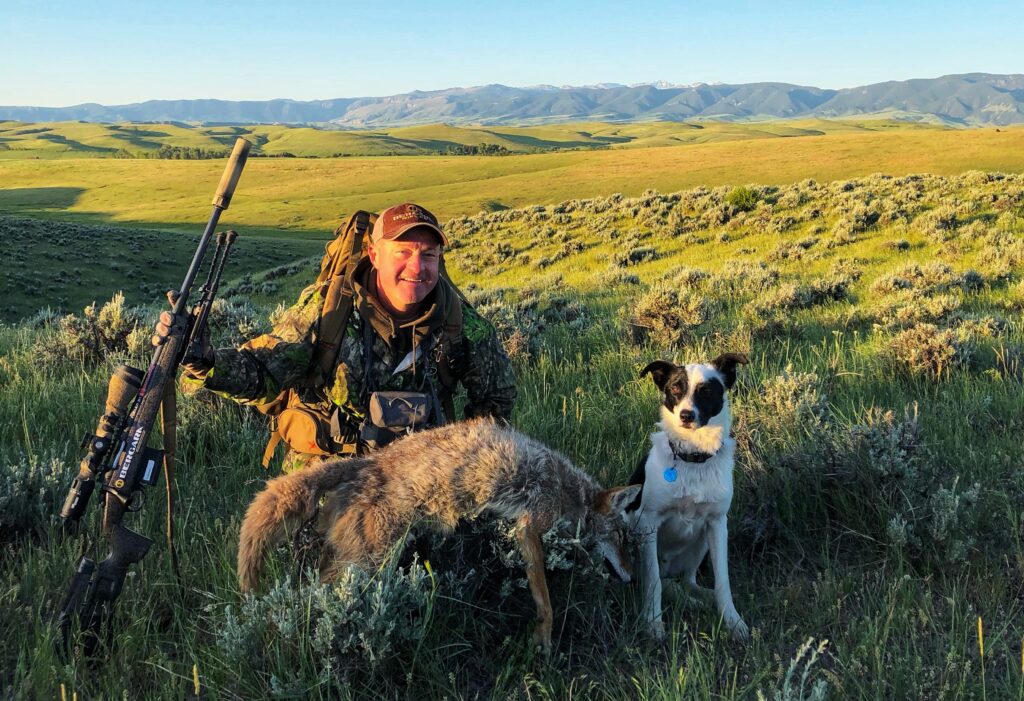
You do not need a dog to hunt summer coyotes. I take my dog almost everywhere, and coyote hunting, summer or winter, is just a tradition for the two of us now. Instead, your summer coyote calling plan should include scouting, landowner information, and early mornings as the sun arrives at the most annoying earliness of the year to heat the day quickly.
Contrive A Coyote Trap
If you’re serious about hunting coyotes during beach and barbeque season, you’ll need to find coyotes. All coyotes do not hush up in the warm seasons. Still, you may have difficulty locating coyotes with vocalizations early in the pup cycle, especially before pups venture from the den.
I believe coyotes muffle their responses to other coyotes simply to maintain a secretive presence. Over the years, I noticed that they may yip back if there is a vast distance between you and them. Still, generally, responses begin to increase in June as pups kick off their outside education to become young adolescents.
Your goal is to find a concentration of coyotes, hopefully, a den site, and get as close as possible without revealing your presence. Setting up within 500 yards of the den reduces the surprise factor yet forces a response from the den inhabitants to see who is threatening the neighborhood.
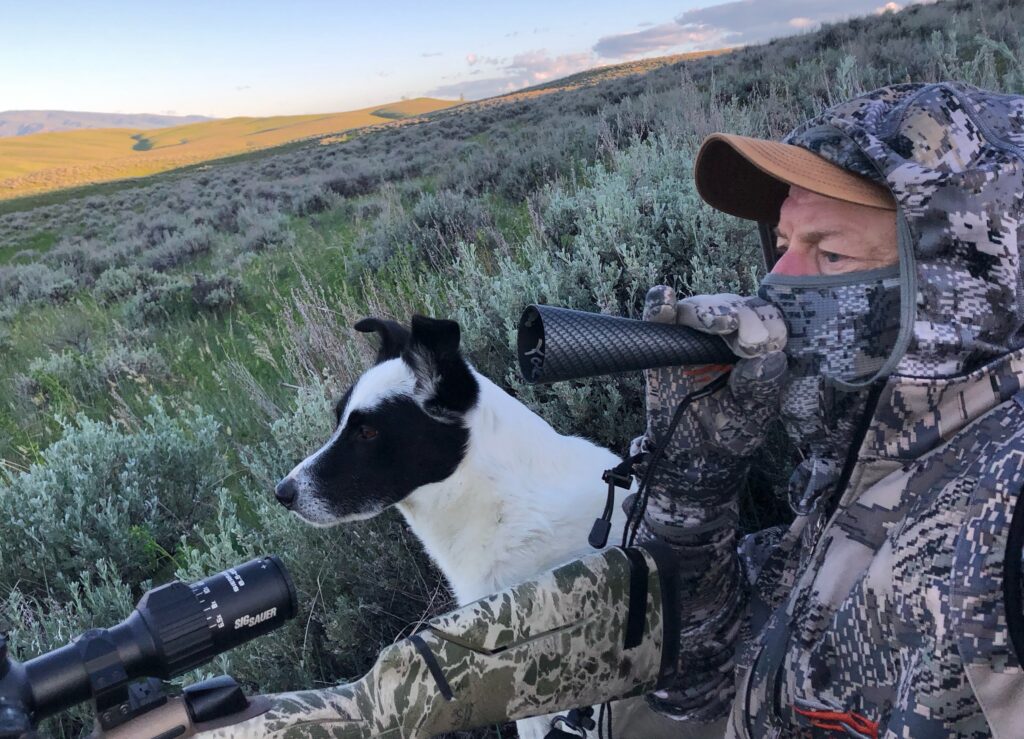
Reaching out to landowners and managers about their coyote sightings helps locate dens you might not be able to uncover. During chores and fieldwork, the occasional sighting of a roaming coyote, especially repeated sightings or even pups at a den, ensures a good setup ahead.
While out spring shed antler hunting, I routinely stumble across dens, many of which are occupied. My HuntStand hunting app comes in handy for marking these sites for a future return at any time of the year.
Next, you will need to understand the changing character of coyotes from spring through summer—and it does vary. First, consider that springtime coyotes have one thing on their minds: pups. A pair of coyotes raise a litter of pups as a team. This team may even include a sibling from either family to help feed and defend the den site.
After selecting a den site, coyote pairs become very defensive of their territory. You’re defensive of your home, so why wouldn’t they? This is a great time to call coyotes using canine vocalizations such as howls and barks. Coyotes will respond to see who is invading their homeland and try to drive the invaders from the region. This action increases as pups become more active outside the den.
This is also a pivotal time to include a dog in your setup, but ensure the dog knows enough commands to return. A pair of coyotes won’t run up and sniff its rear but instead race to another canine aggressively and maliciously.
Keep your dog close and possibly equip yourself with a shotgun to take advantage of close encounters. Veteran coyote hunter and dog hunting expert Levi Johnson from Montana outlines what coyotes think when seeing another canine in their territory.
“What the coyote is thinking, regardless of if it is a single, a pair, or even three or four coyotes, is that they have laid claim to an area. It’s the territory they use to raise and feed their young,” says Johnson.
That territorial protector shines when pups hang out around the den and even begin venturing a short distance from the underground safety. Before pups wander from the den area too far, a pup in distress call is highly effective on overprotective parents. If you can sneak in close to a den site, the sound of a pup in distress could lure an adult coyote into shooting range as it tries to appraise the situation.
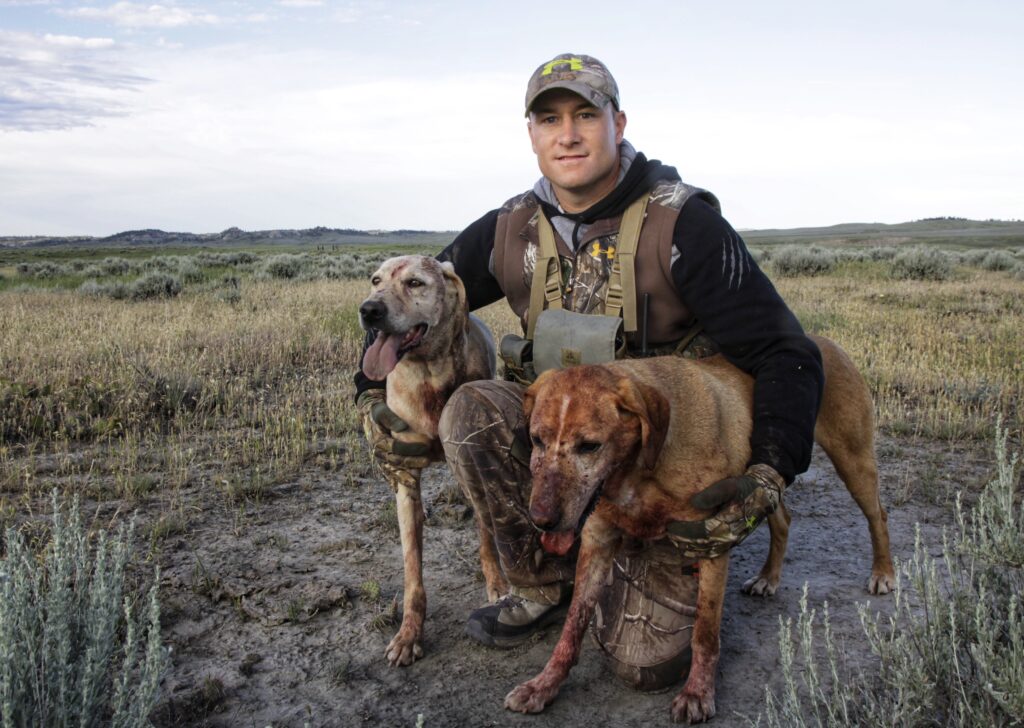
There is no need to bring a dog with you, as incoming coyotes will arrive in rescue mode, with a close approach the norm. And if keeping a dog around just for coyote hunting sounds like a lot of work, consider purchasing a lightweight yet realistic photo 2D decoy of a coyote from Montana Decoy Company. Their Sitting Coyote decoy even fools my dog when we put it out.
There is no reason to skip the sounds of prey, though, early and late in the warm-weather months. Simple prey sounds, such as those of rabbits or birds, attract adult coyotes that must hunt harder since the growing pups require more food daily.
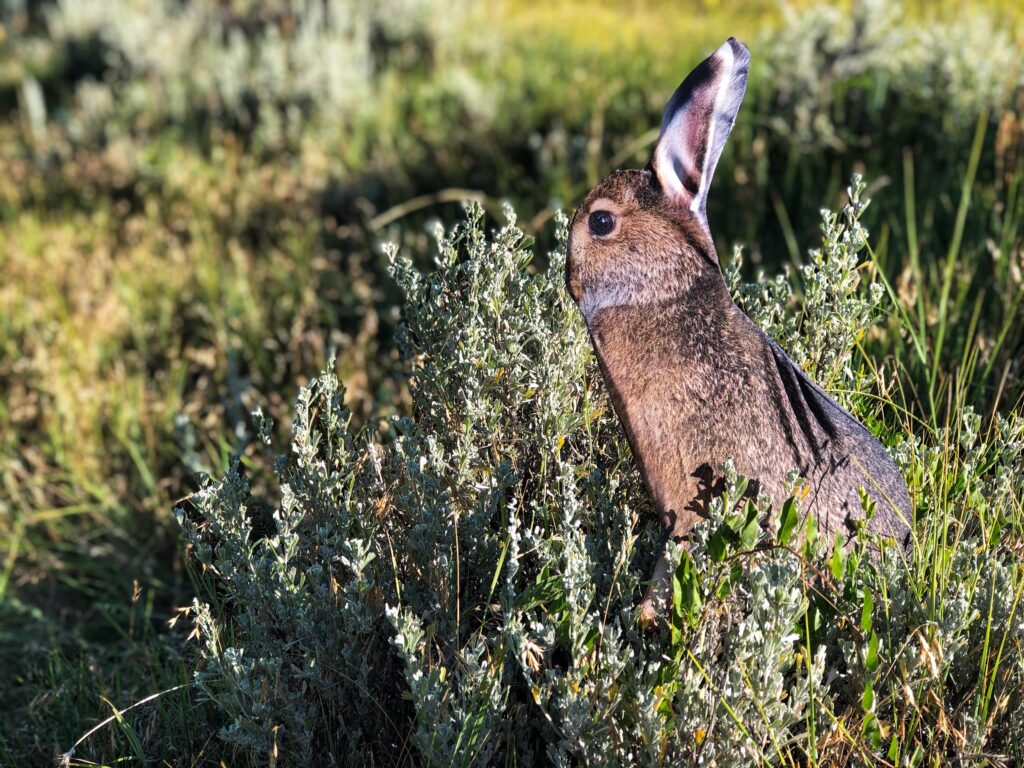
Remember a coyote’s fondness for fawn? In spring and early summer, rely heavily on fawn in distress. A fawn decoy, such as lightweight, foldable models from Montana Decoys, can accentuate your setup.
Secondly, as mom and dad leave the den for hunting chores, the kids will be left alone. This occurs more and more as the summer stretches on. Without adult supervision, it’s not at all uncommon for adolescents to get into trouble, including at the wrong end of a predator rifle while investigating prey sounds.
You can begin keying in on young coyotes in July, with a peak in August as pups venture farther and farther away from the den. From August, pups may venture off for good, often traveling with a litter mate or two.
Young coyotes may be inexperienced, but they’re not stupid. Non-threatening calls are your best option. Avoid using canine distress or whine calls, and instead, focus on prey that pups will be attracted to for an easy meal. A prominent call is a rabbit in distress, but rodent squeaking, songbird distress, and chicken squawks will also attract juvenile coyotes.
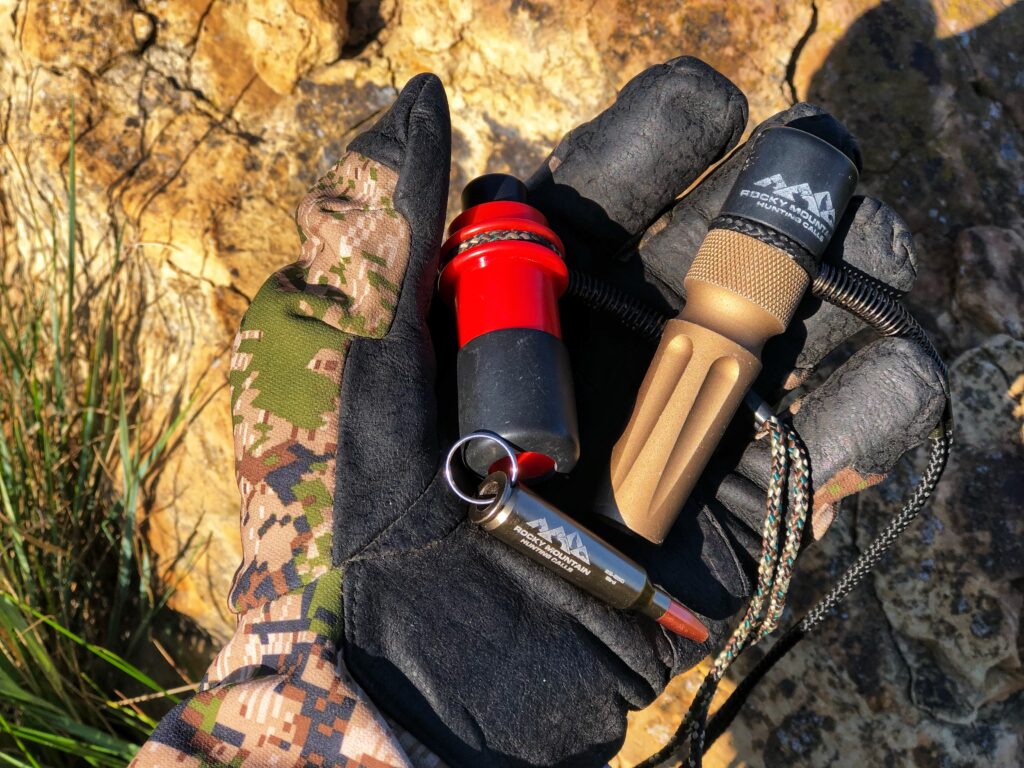
If you want to add confidence to your setups, include the sounds young coyotes use to detect possible menu items. Crows and magpies often lead coyotes to carcasses, and these wary aerial surveillance systems provide them with the first line of defense against potential threats. As for Johnson’s summer calling routine, combined with his dogs, he doesn’t hesitate to use the same sounds he would in winter.
“I don’t change it up a lot. It’s more about knowing where coyotes live and scouting to find those areas,” says Johnson. “I always use lone howls to start. It says I’m in the area and asks if anyone is out there or has claimed the area. Then I go to rabbit in distress sounds. It makes coyotes mad that someone is in their refrigerator. They may also come to that call or simply peek over the ridge to look for the invader. If they don’t come, I move to the third call. It’s the sound of a hurt coyote, and I also use pup distress sounds. This is like someone attacking your family or kids. They’ve had enough by then and usually come right in.”
Summer coyotes often have no aversion to charging right in, as Sully and I have experienced regularly. But even without a dog, the summer months offer a unique hunt where you get an adrenaline charge while helping wildlife survive the abundance of savvy coyotes looking for their next meal.



